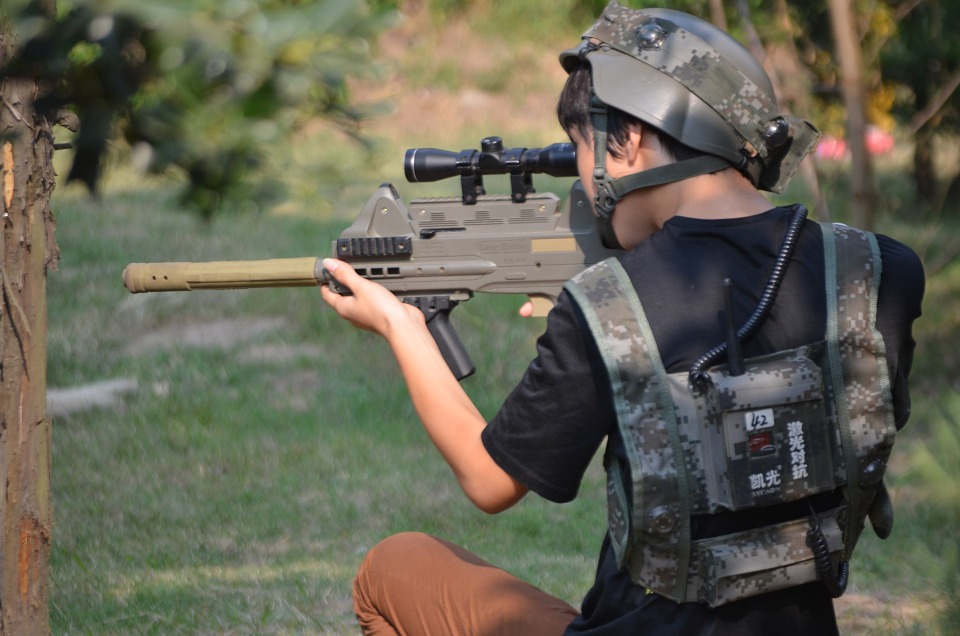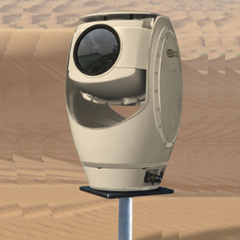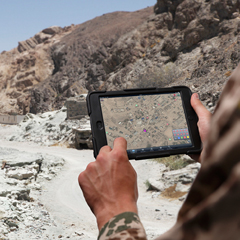The United States of America have done it. It is now a step closer to having a special type of laser gun that has the capacity to shoot down enemy drones in a matter of seconds, while an eye blinks. Boeing has made it public that its latest mobile laser weapon named the High Energy Laser Mobile Demonstrator (HEL MD) has been able to successfully bring down a lot more than 150 drones, rockets and other few enemy targets while in the third round of tests. The tests have been known to prove that these laser weapons are much reliable and are capable of being consistent in acquiring tracking and engaging a number of targets across various environments, mentioned Boeing.
Take for instance the very recent demonstration of the 10-kW, high-energy laser that was carried out in Eglin Air Force Base in Florida. This laser had been installed on a military vehicle, thus making it the first mobile high-energy laser that is built and demonstrated by the U.S Army, as Boeing said.

Directed energy technologies like the HEL MD can soon be seen in usage by the military to augment kinetic strike weapons like missile interceptors which do not necessarily contain explosives. However, they do destroy targets while colliding with them at extreme speeds.
Boeing’s Director of directed energy systems Mr. Dave DeYoung, mentioned in a statement that kinetic strike weapons are definitely expensive and the new HEL MD has capacities to offer a huge reduction in costs per engagement. Now, this haste for incorporating laser weapons is an initiative of the U.S military’s Ground Based Air Defence Directed Energy On-the-Move (GBAD) program. This program aims to bring to table that officials from the Office of Naval Research usually refer to as an “affordable alternative to traditional firepower” so as to be on guard against drones and several other threats coming from enemies.
The very recent display of the laser weapon by Boeing is just the beginning, defence experts say. By the year 2016, the military plans to bring in a 30-kilowatt laser gun which will be ready for testing, as put forth by the Office of Naval Research.
It would be very wrong to say that all power lies in the hands of Boeing as the only preferred defence contractor to be developing high-powered laser weapons. In the month of August,2014 the Office of Naval Research bestowed upon Raytheon an award of $11 million in a form of contract in order to build a vehicle-mounted laser device that is capable of shooting down enemy targets that are low flying. This mechanized system will be able to generate a minimum of 25 kilowatts of energy, that will make this twice as much powerful like the one laser tested by Boeing.



0 Comments